Acorn Woodpecker
- October 25, 2023
- 0 comment
The Acorn Woodpecker, known by its scientific name Melanerpes formicivorus, is a captivating bird species that has long captured the interest of both seasoned birdwatchers and scientific researchers. This medium-sized woodpecker is renowned not only for its striking appearance but also for its fascinating behaviors and its pivotal role within the ecosystems it inhabits. In this extensive exploration, we will delve into the many facets of the Acorn Woodpecker, from its physical attributes and unique behaviors to its ecological significance and conservation status.
Acorn Woodpecker Physical Attributes

The Acorn Woodpecker
- Scientific Name: Melanerpes formicivorus
- Lifespan: Up to 15 years
- Habitat: Oak woodlands and pine-oak forests
- Diet: Acorns, insects, and sap
- Size: 8.3 inches long
- Weight: 2.3-3.2 ounces
- Wingspan: 14-17 inches
- Conservation Status: Least concern
- Population Trend: Increasing
Measuring approximately 21 cm (8.3 in) in length and weighing an average of 85 g (3.0 oz), the Acorn Woodpecker stands as a compelling subject of observation due to its distinctive physical features. The adult bird presents an eye-catching contrast between its brownish-black head, back, wings, and tail and its snowy white forehead, throat, belly, and rump. Males boast an additional characteristic: a bright red cap that begins at the forehead, a feature that sets them apart from their female counterparts. Females, on the other hand, feature a black area between the forehead and the cap, offering a clear distinction between the sexes. This sexual dimorphism is a common trait in many bird species and often plays a significant role in their mating rituals and partner selection.
Acorn Woodpecker Feather Coloration

The feather coloration of the Acorn Woodpecker is a work of art in itself. Primarily composed of shades of brownish-black and white, it exhibits a striking contrast that is not only visually pleasing but also functional. The white neck, throat, and forehead patches serve as critical markers for the identification of this species. During flight, these woodpeckers reveal white circles on their wings, further adding to their visual distinctiveness. Beyond aesthetics, this unique coloration plays a pivotal role in their survival by providing effective camouflage within their natural habitat.
Species Type
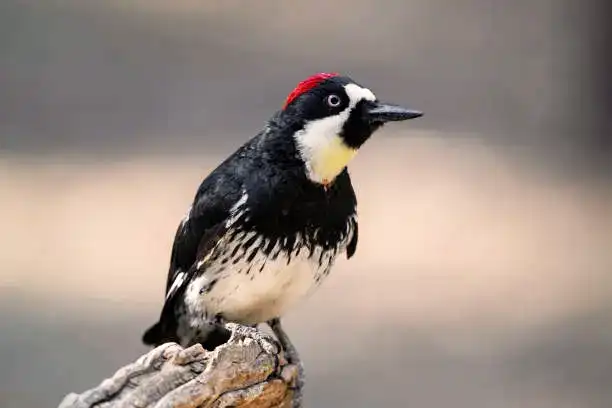
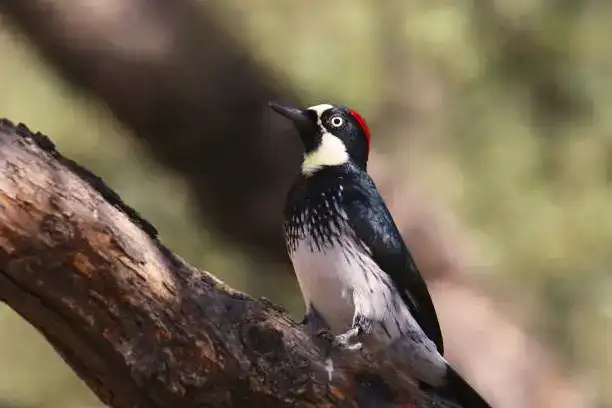
As mentioned, the Acorn Woodpecker showcases sexual dimorphism, where males and females exhibit distinct physical appearances. This feature is a common characteristic in many bird species and often plays a significant role in their mating behaviors and the selection of mates.
Flight Characteristics

The Acorn Woodpecker’s undulating flight pattern is one of the most remarkable aspects of its behavior. Unlike many other bird species, these woodpeckers have a distinctive flight style. They take to the air with a few flaps of their wings and then descend about a foot or so before repeating the process. This undulating flight pattern is both mesmerizing and characteristic of this species.


Habitat & Distribution
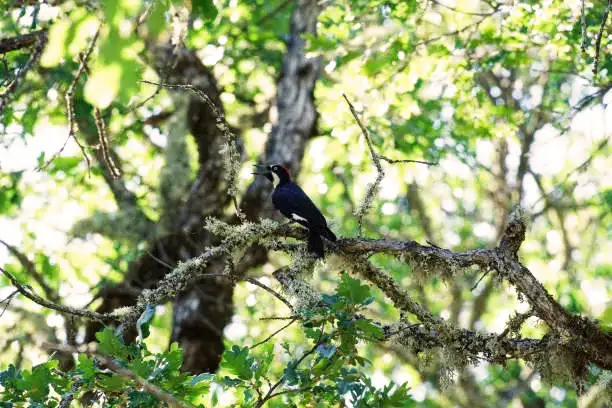
The Acorn Woodpecker is well-distributed across various environments, showcasing its adaptability. These birds can be found in forested areas with oak trees in the coastal regions and foothills of Oregon, California, and the southwestern United States. Their range extends far beyond the U.S., stretching south through Central America and even as far as Colombia. The wide distribution of this species underscores its adaptability to different environments and its ecological flexibility.
Migration Patterns
While Acorn Woodpeckers are not known for extensive, long-distance migrations, they do exhibit localized movements within their range. These movements are typically driven by changes in food availability throughout the year. As the seasons shift, they may adjust their locations to follow the abundance of their primary food source, acorns, as well as other dietary options.
Acorn Woodpecker Behavioral Traits

Acorn Woodpeckers are highly social birds, and their complex social structure is a topic of significant interest among researchers. They live in small colonies and are renowned for their unique habit of hoarding acorns. To secure their acorn supply, they drill small holes in dead snags, harvest acorns during the fall, and meticulously store them in these holes for consumption during the winter months.
Role in Ecosystem
The Acorn Woodpecker’s role in the ecosystem is of immense significance. As primary cavity nesters, they create cavities in trees that provide homes for a variety of other species, including birds and small mammals. These cavities, made through the hard work of woodpeckers, contribute to the overall biodiversity of the ecosystem by providing safe nesting sites.
Acorn Woodpecker Dietary Habits
Acorns play a pivotal role in the diet of Acorn Woodpeckers, constituting approximately half of their annual food intake. However, their diet is not limited to acorns alone; they also feed on insects, with a particular penchant for ants. This omnivorous approach to diet allows them to take advantage of a range of food sources, further enhancing their adaptability.
Acorn Woodpecker Interesting Facts
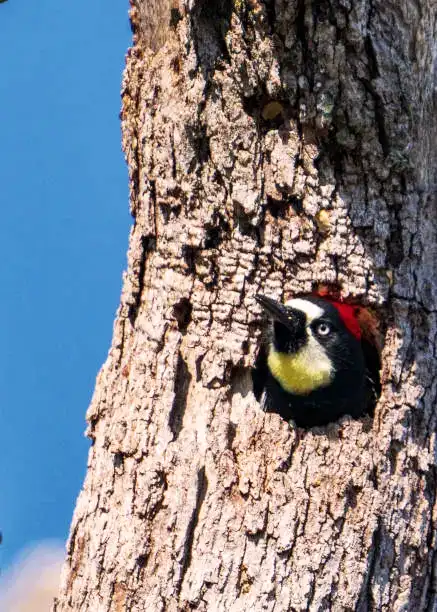
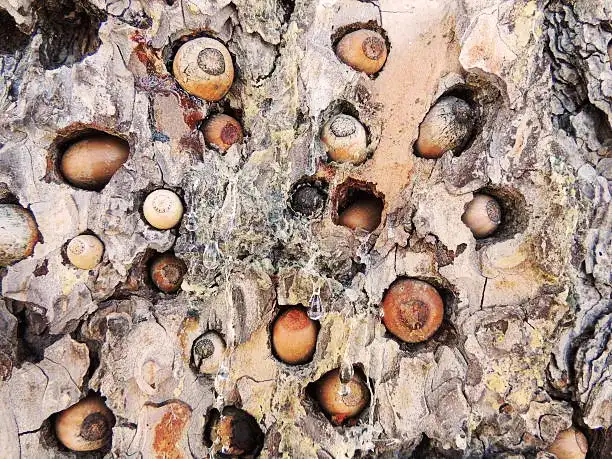

Beyond the core aspects of their behavior and ecology, there are numerous interesting facts about Acorn Woodpeckers that add to their mystique:
- Granary Trees: One particularly fascinating fact about Acorn Woodpeckers is their use of “granary trees.” These trees may be utilized by generations of woodpeckers and can be riddled with up to 50,000 holes, each serving as a storage place for an acorn. This extraordinary behavior showcases their remarkable adaptability and resourcefulness.
- Omnivorous Diet: In addition to their substantial consumption of acorns, Acorn Woodpeckers are omnivorous. They also incorporate insects and a variety of nuts, fruits, and seeds into their diet, demonstrating their versatility and ability to capitalize on diverse food sources.
- Plant and Vegetable Matter: While acorns play a significant role in their diet, these woodpeckers also consume various plant and vegetable matter. This dietary diversity highlights their adaptability and broad culinary preferences.
Acorn Woodpecker Nesting Habits

Nesting among Acorn Woodpeckers is a cooperative and communal activity. In a single nest, several adults, sometimes numbering up to 12 or more, participate in incubating the eggs and caring for the young. This communal approach to nesting is a unique aspect of their behavior, and it speaks to their social nature and their ability to collaborate effectively within their colonies.
Acorn Woodpecker Vocalizations & Sound Mimicry
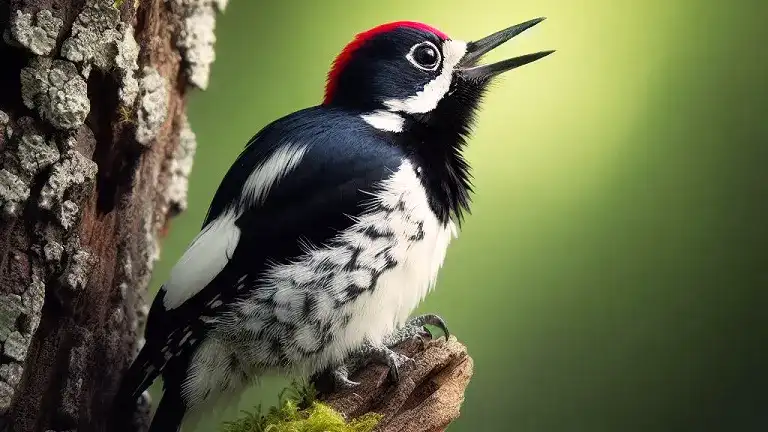
The Acorn Woodpecker has a distinctive call that closely resembles laughter. This unique vocalization is not only intriguing but also serves as a form of communication within the colony. These vocalizations convey various messages, from warnings about potential threats to social bonding and coordination.
Acorn Woodpecker Communication Methods

These birds communicate with others of their species through various means, including vocalizations, body language, displays, and other signals. This intricate system of communication helps maintain the cohesion of their colonies and is an area of continued research for ornithologists.
Acorn Woodpecker Conservation Status
Currently, the Acorn Woodpecker is listed as “Least Concern” by the International Union for Conservation of Nature (IUCN). This classification indicates that the species is not currently under significant threat of extinction. However, it is important to note that even species classified as “Least Concern” can face ongoing challenges, particularly in regions with habitat loss and fragmentation. Monitoring and conservation efforts remain critical to ensure the long-term well-being of this remarkable species.
Ecological Significance
The Acorn Woodpecker, while captivating in its own right, also plays a pivotal role within the ecosystems it inhabits. As primary cavity nesters, these woodpeckers contribute significantly to the overall biodiversity of their habitat. The cavities they create in trees offer vital nesting sites for a variety of other species, such as other birds and small mammals. In essence, the Acorn Woodpecker acts as an ecosystem engineer, shaping and modifying its surroundings in ways that benefit the broader web of life.
Their fondness for acorns, which makes up a substantial portion of their diet, plays an indirect role in the dispersal of oak tree seeds. By hoarding acorns, these woodpeckers unintentionally scatter them throughout their habitat. This seed dispersal service helps maintain healthy oak populations and supports the diverse wildlife that relies on oak trees for sustenance and shelter.
The intricate social structure of Acorn Woodpecker colonies adds another layer to their ecological significance. In these tightly-knit groups, the sharing of duties, from incubating eggs to feeding the young, fosters cooperation and maintains a cohesive community. This cooperative breeding system not only supports the survival of their offspring but also contributes to the stability of their colonies.
Conservation Status and Challenges
While the Acorn Woodpecker is currently listed as “Least Concern” by the IUCN, it’s essential to remain vigilant about the conservation of this species. Even species with this classification can face challenges in a rapidly changing world. These challenges include habitat loss due to urbanization and agriculture, the fragmentation of their forested habitats, and the potential impact of climate change.
As human activities continue to encroach on natural habitats, it becomes increasingly important to monitor the populations of the Acorn Woodpecker and to implement conservation efforts that safeguard their habitats. Forest preservation, sustainable forestry practices, and the protection of old-growth trees are all measures that can help maintain the environments where these woodpeckers thrive.
In regions where the Acorn Woodpecker coexists with humans, responsible land management practices can help mitigate potential conflicts. These birds often forage for acorns in urban and suburban areas, and in some cases, they may create cavities in utility poles. Balancing the interests of both humans and these woodpeckers is essential to ensure peaceful coexistence.
Research and Ongoing Studies
Scientists and ornithologists continue to be captivated by the Acorn Woodpecker, and research into their behavior, ecology, and conservation is ongoing. The study of their communication methods, social structures, and foraging strategies provides valuable insights into avian behavior and social dynamics.
Technological advances, such as the use of radio telemetry, have opened up new avenues for tracking the movements of these birds. Researchers can gain a better understanding of their ranging behavior, seasonal migrations, and the factors that influence their movement patterns. These insights are critical for their conservation and management.
As the natural world faces ongoing changes, it’s vital to keep a close watch on the Acorn Woodpecker and its environment. By doing so, scientists and conservationists can make informed decisions to protect these remarkable birds and the ecosystems they inhabit.
Educational and Ecotourism Opportunities
The allure of the Acorn Woodpecker is not limited to the scientific community. Their unique behaviors and striking appearance make them a prime candidate for ecotourism and environmental education initiatives. Guided birdwatching tours and educational programs can help raise awareness about the species and their conservation needs.
Local communities living in proximity to Acorn Woodpecker habitats can play a pivotal role in the conservation effort. Engaging with these communities, sharing knowledge, and fostering a sense of responsibility for the well-being of these woodpeckers and their habitats can lead to mutually beneficial outcomes.





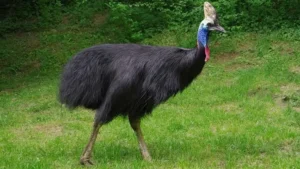

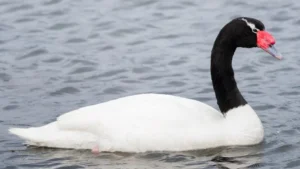

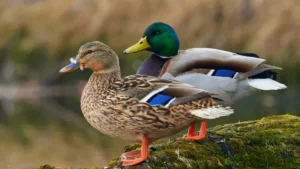
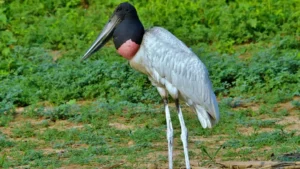
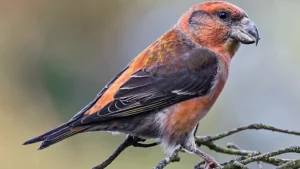
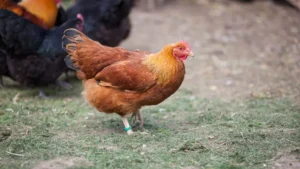
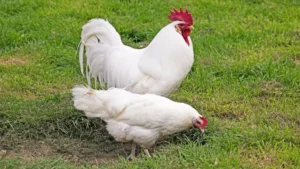
Leave your comment